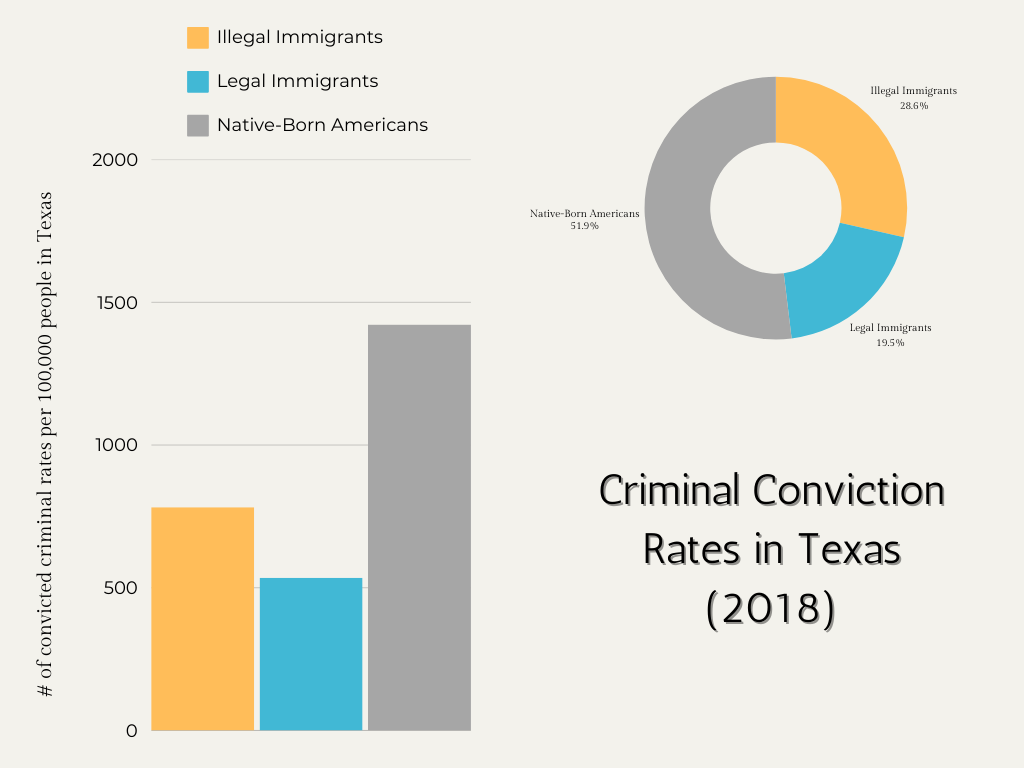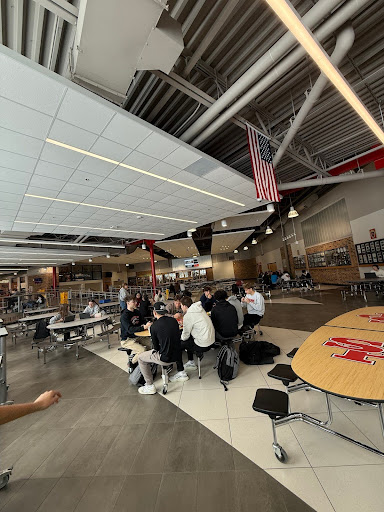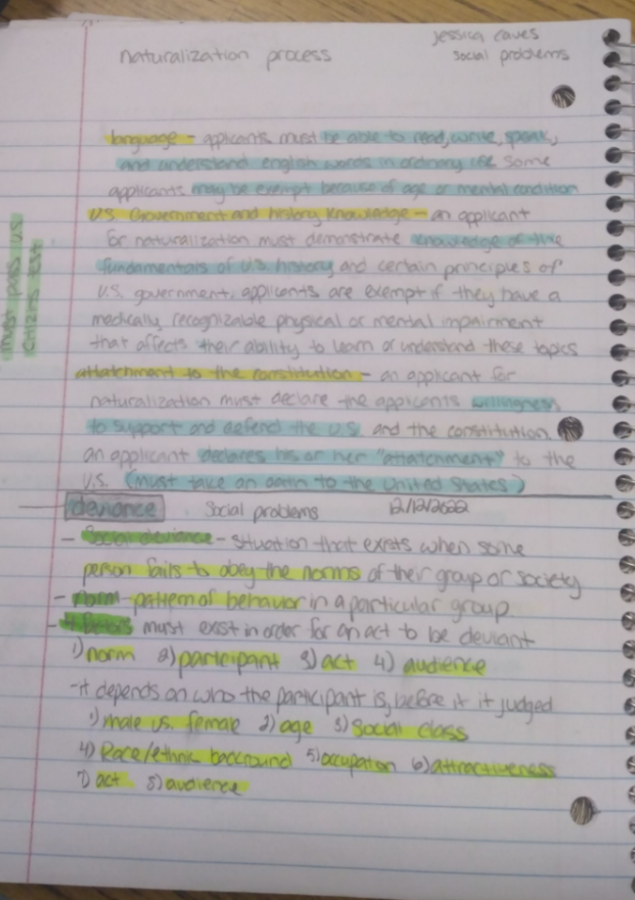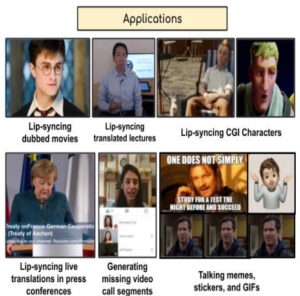Immigration Ignorance
November 4, 2021

Immigration is a topic of controversy and holds a different connotation with each person. According to Oxford Languages, an immigrant is “a person who comes to live permanently in a foreign country.” However, what is not mentioned is the process of coming to a new country, such as the U.S., is long and arduous. Teaching immigration in schools is often taught as an afterthought, or watered down so as not to upset others political beliefs. Consequently, are we as a country, or dare I say, school district, as informed as we should be on immigration?
Immigrants can be anyone from a family looking for safety or to a person looking for work. However, the process of obtaining a green card is much more than turning in simple paperwork. The majority of non-immigrant Americans do not understand the true extent of work immigrants have to put in to be able to live in America legally. Immigration is an essential part of not only the economy, but America itself. America was built on immigration, so why are we not teaching it more in depth than a few statistics?
For example, immigration units in Social Studies classes at SPASH are often quick to cover immigration and leave students feeling under informed. Social Problems recently covered the immigration system in four days, but left many questions unanswered. However, this is not to say that teachers are to blame, for they are under a stressful timeline to finish the curriculum within the end of the quarter. A way to address the problem of superficial education is to show students real stories of people who immigrated to America and to go more in depth into the process of obtaining citizenship.
School districts around the country are producing the public disservice of not educating students on immigration. Ignorance causes students to make assumptions or act with predjudice, which leads to discrimination or worse.
Every immigrant’s situation is different, however, the process of obtaining a green card/legal citizenship is too long and expensive for the mass majority. Paola, a SPASH student with experience with immigration, recalls, “Some families try to apply, but then realize by the time they apply it will be too late.” When a child turns 18, they are no longer eligible to gain citizenship through their parents.
According to Biblio, families are forced under a strict timeline to be granted citizenship that can take anywhere from 4-10 years. An average family does not have the time nor the money to afford legal citizenship, forcing them to unsafe lengths. According to Homeland Security, “I–485 Application to Register Permanent Residence or Adjust Status…1,140[dollars]” and for a child, “I-485 Application to Register Permanent Residence or Adjust Status (certain applicants under the age of 14 years)…750[dollars]” Over a thousand dollars would be needed for a family to safely enter the United States. This part of the process of obtaining a green card is seldom taught in schools. Is America really the land of opportunity, or the land of opportunity for those who can afford it?
The U.S. is renowned for being “the world’s top destination for immigrants…” Therefore, we should strive to improve our detention centers and improve infrastructure by educating the younger generations. For example, for decades America has been poorly equipped to give immigrants sanctuary. 20% of all immigrants in the world travel to the U.S., yet are faced with overloaded detention centers that force families to live in unsanitary conditions and close-quarters. How people reach the detention centers, on the other hand, is by the separation of children and parents at the U.S. and Mexico border. “Court documents released in late June showed that it was the government’s intent to separate children from their parents with ‘no procedure or mechanism for that parent to reunite with their child…’” according to CNN. Conflicting opinions on the subject of separation of families at the border has led to little discussion of it in school systems, however ignorance of the topic has also led to bigotry at schools. For example, Paola admits to feeling uncomfortable and hurt at the amount of “Jokes are taken too lightly about people’s trauma.” She warns of students “…sourcing their opinion from a powerful person with no experience on this topic.” It is important to be aware of where your core values originate from, whether from a certain media source, family, or friends. Having an outside education source, such as a school curriculum, would help students understand their own biases.
A common misconception about immigrants is they cause crime more often than an average citizen. However, this is an entirely fabricated claim used to push a presidential campaign. Alex Nowrastah, an expert on the subject, analyzed numerous statistics and reports found that, “The arrest rate for illegal immigrants was 40 percent below that of native-born Americans.” The claim that immigrants are more prone to crime is statistically proven false. Alex dives deeper into his evidence, and reveals, “‘Illegal immigrants are 47 percent less likely to be incarcerated than natives.” (And legal immigrants are even less likely to be in jail or prison.)’” Claims that immigrants cause more crime is not only a stereotype, but a biased statistic that does not tell the whole story.
Although the provided information and statistics may seem like an effort to blame students, it is quite the opposite. Students are not at fault for not knowing. On that note, staying informed on the issue is the most effective solution against mistreatment of immigrants. Be sure to source your information from trusted sources and try to understand why detention centers and border security is an issue for all sides of the political spectrum.




































































